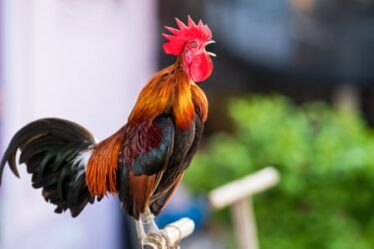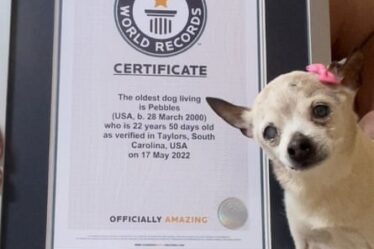
When I first made the choice to go vegan, I did so to positively impact the world by reducing animal cruelty and exploitation. Switching to a 100% plant-based diet was a bit difficult at first, but the health benefits were well worth it.
Once I got my diet under control, though, I decided that it was time to expand my vegan lifestyle to encompass multiple areas of my life, including the clothes that I wear!
Today, I’m going to show you some of the most common non-vegan clothing items and explain why they’re problematic. Then, I’ll give you a list of the best vegan-friendly clothing materials to shop for instead.
Are you ready to upgrade your wardrobe?
Going Vegan: More Than Just A Diet
For the most part, people think that going vegan is about eating tofu, plants and avoiding meat. While this is certainly an essential component of a vegan diet, veganism is about more than just changing the way you eat.
Going vegan is a lifestyle centered around reducing animal cruelty, our environmental impact, and investing in fair, sustainable markets. Aside from my plant-based diet, here are some of the other practices that I incorporate into my vegan lifestyle:
- Recycling whenever possible
- Wearing animal cruelty-free clothing
- Using water-based mascara brands and other cruelty-free makeup
- Investing in Fair-Trade Certified brands
- Helping, feeding, and sheltering animals in distress
- Repurposing old items
Common Non-Vegan Materials Used In Clothing
First and foremost, I’d like to point out that adopting a vegan lifestyle is a process.
Just because you have an old pair of leather sneakers in your closet doesn’t mean that you’re hurting the planet. By all means, I encourage you to wear that pair of sneakers until they’re ready to be donated or recycled. However, when you replace the shoes, do your best to try and find a vegan alternative.
For reference, here are some of the most common non-vegan materials used in clothing.
1. Leather & Suede
Leather is a rather obvious one. All real leather products come from animal hides, making them a direct by-product of the meat industry. In some cases, high-end luxury brands go out of their way to breed non-meat animals specifically for leather (such as snakes), which is just pointless slaughter.
Suede is also a form of leather and should be avoided.
2. Wool
Although sheep aren’t killed for their wool, the process by which wool is obtained can often be painful and cruel to the animals. Additionally, once the sheep are no longer able to produce enough wool, they’re processed into the meat industry instead of being allowed to live out their days in peace.
3. Silk
For hundreds of years, silk has been regarded as one of the finest fabrics in the world. However, real silk is also a direct by-product of animal exploitation. Thousands of silk worms are raised in a non-natural environment for the sole purpose of creating silk.
4. Down
If you’ve ever purchased a down jacket for the winter, then you may be surprised to hear that down is just another word for feathers. The feathers used for down often come from young chicks that are exploited for their feathers before being turned into meat.
5. Cashmere
Cashmere is a special type of wool that’s obtained from goats. Just like sheep’s wool, cashmere directly supports exploitation and funnels goats into the meat industry.
6. Fur
Fur is obtained from the skins of furry animals, such as:
- Minks and ferrets
- Chinchillas
- Bears
- Foxes
- … and more
Wearing is no better than leather and is sometimes the product of poaching endangered animals.
Going Vegan With Your Wardrobe: Vegan-Friendly Clothing Materials

Here are some vegan-friendly clothing alternatives that you can shop for instead. A growing number of vegan-friendly fashion brands are offering styles made with 100% synthetic or plant-based materials, so you can feel good about your impact on the planet.
Synthetic Leather & Plant-Based Leather
Synthetic leather is made by layering plastic vinyl with thick layers of wax. Synthetic leather is often used for vegan slip-on shoes, boots, and even jackets. High-end vegan fashion brands have also invested into plant-based leather that’s made by turning recycled fruit skins into a pulp and then adding hardening agents.
Cotton & Canvas
Cotton is a natural fiber that’s obtained from the cotton plant. It’s soft, durable, and 100% natural. Canvas and denim are also cotton derivatives that are made using a tighter weave pattern and are known for their long-lasting durability.
Polyester & Other Synthetic Fibers
Polyester is one of the most common clothing materials in the world. While it’s a synthetic material, polyester has limited environmental impact compared to animal-derived materials.
Hemp
Hemp fibers are commonly used to create durable fabrics that can be used for clothing and shoes. Hemp is very durable, long-lasting, and is incredibly sustainable.
Final Thoughts
Going vegan is about making small changes to your lifestyle. From changing the way you eat to shopping for sustainable, cruelty-free clothing, the culmination of the small things in your life can have a big impact.
So, the next time you’re updating your wardrobe, I encourage you to choose clothes that support a healthier, happier planet.



